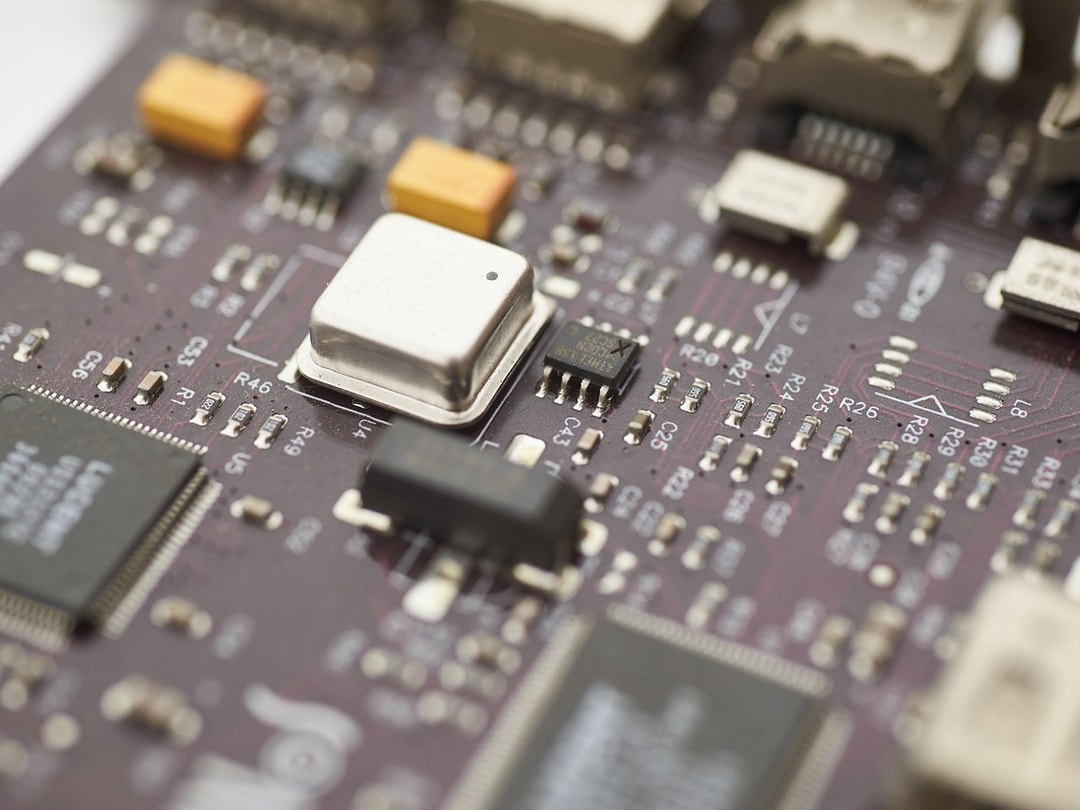
In the first part of this series All About Oscillating Crystals - The Basics, we focused on the most important parameters for application-specific selection and dimensioning. In this next part, we look at further parameters, that are important for complete understanding of oscillating crystals and the development of electronic oscillator circuits.
Equivalent Series Resistance
Equivalent Series Resistance (ESR) is the measure of the quartz crystal’s electrical resistance in series resonance and is expressed in ohms (Ω).
A quartz crystal can be represented in a circuit diagram as an equivalent circuit that includes a shunt capacitance (C0) in parallel with a series branch containing an inductor (L1), a capacitor (C1), and a resistor (R1). The value of R1 represents the internal losses in the crystal, and thus, the equivalent series resistance. In normal use, R1 and ESR are synonymous; it is only when delving into much finer detail that some mathematical differences occur.
It is important for developers to note that the smaller the crystal, the higher the maximum ESR. Therefore, the ESR of the oscillating crystal is important when designing the circuit. If it is too high, the oscillator circuit may not provide enough gain to compensate for the internal resistance and may not even start.
The shape of the crystal also matters; striped crystals usually have a higher ESR than traditional round ones. Thus, to ensure the same electrical specifications, the shape must be factored into the circuit design.
The maximum ESR value will be in the component’s datasheet, usually under “electrical parameters”.
The frequency of an oscillating crystal changes over its time in operation, which developers should consider. There are two main reasons for this ageing in quartz crystals; mass transfer caused by outgassing from the carrier material or sealing, or stresses in the manufacturing process.
Developers must keep ageing in mind and dimension the crystals such that the frequency remains within the tolerance window throughout the device’s usable lifetime, or risk premature failure.
Drive level refers to the power consumption of the quartz, typically measured in milli- or micro-watts. Exceeding the maximum level (as detailed in the crystal’s datasheet) can lead to losses in performance and shorter service life.
How much power the crystal draws depends on its size; the drive level for smaller crystals is lower. This should be considered if, for example, a redesign utilizes a smaller crystal. In these cases, the drive level must be adjusted accordingly.
In the next blog article you will learn All About Oscillating Crystals - jitter and phase noise.
